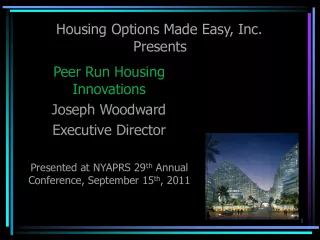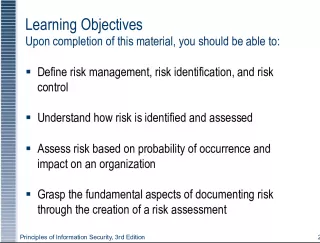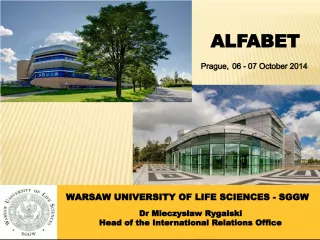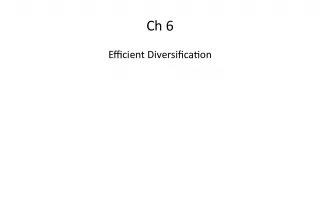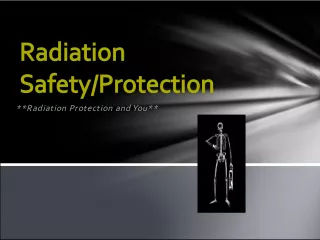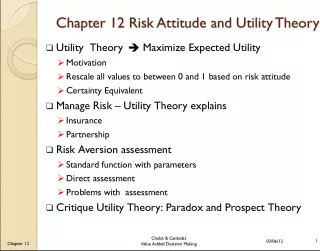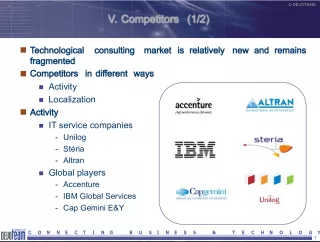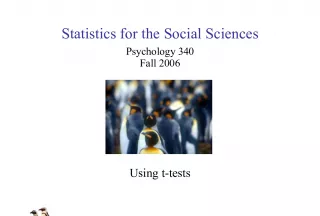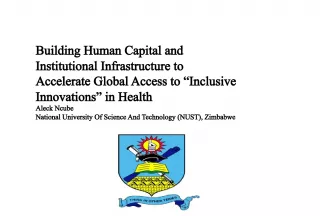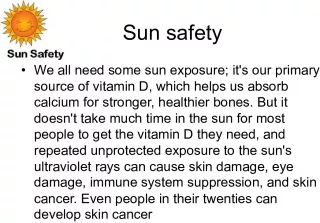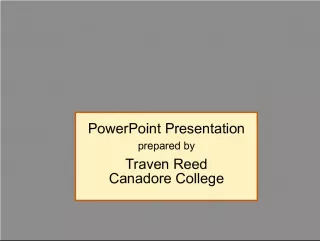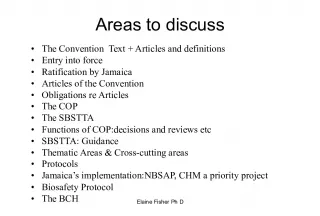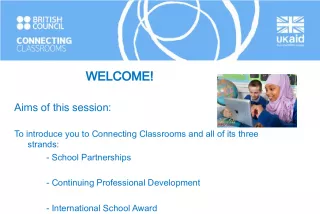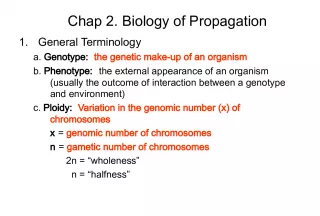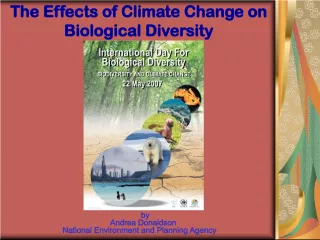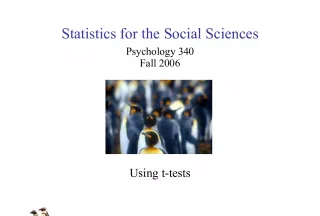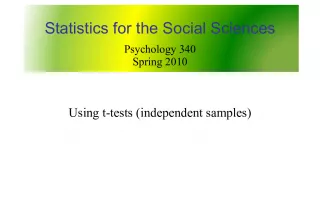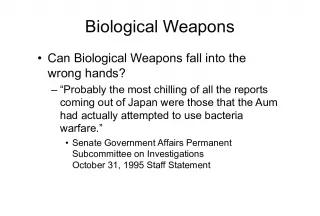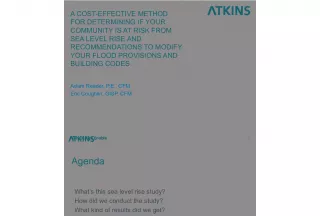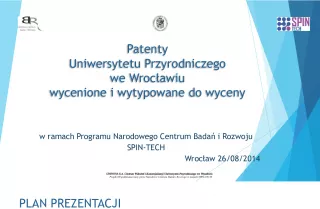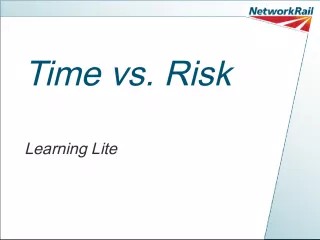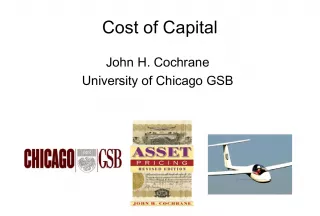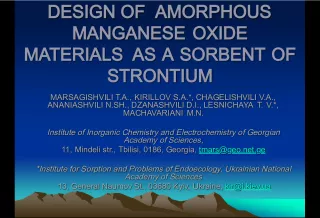Connecting Innovations in Biological Exposure and Risk Sciences Conference
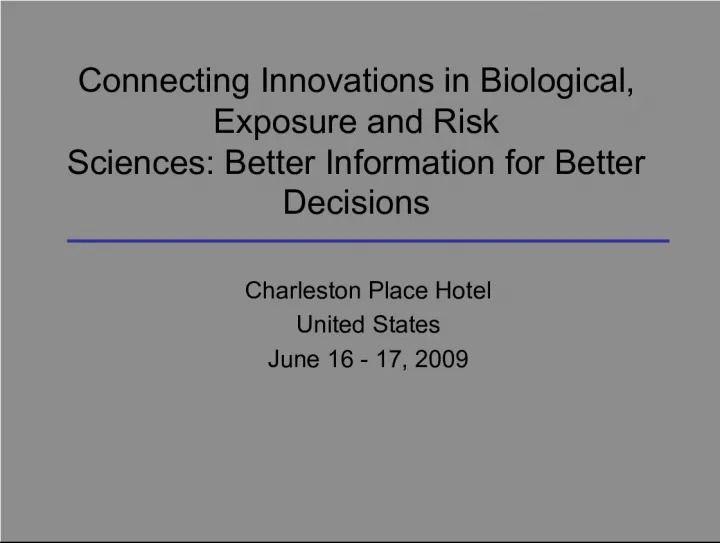

This conference aims to provide a science foundation for fair and responsible product stewardship and regulatory decisions. The conference is organized by the LRI, a global program under ICCA, with a significant presence in North America, Europe, and Japan.
- Uploaded on | 1 Views
-
 dereonroob
dereonroob
About Connecting Innovations in Biological Exposure and Risk Sciences Conference
PowerPoint presentation about 'Connecting Innovations in Biological Exposure and Risk Sciences Conference'. This presentation describes the topic on This conference aims to provide a science foundation for fair and responsible product stewardship and regulatory decisions. The conference is organized by the LRI, a global program under ICCA, with a significant presence in North America, Europe, and Japan.. The key topics included in this slideshow are biological exposure, risk sciences, product stewardship, regulatory decisions, LRI,. Download this presentation absolutely free.
Presentation Transcript
1. Connecting Innovations in Biological, Exposure and Risk Sciences: Better Information for Better Decisions Charleston Place Hotel United States June 16 - 17, 2009
2. 2 The Goal Provide the science foundation that can enable society and the industry to make fair and responsible product stewardship and regulatory decisions concerning the production, marketing, and use of our products.
3. Global Positioning The LRI is a global program, under ICCA Significant presence in North America, Europe, and Japan 3
4. From Data to Decisions: Informing Regulatory Policy 4
5. LRI Outreach ICCA-LRI Workshops Since 2005, LRI has held 5 international workshops In 2009, Nearly 100 participants from 15 countries: ~30% from international governments ~40% from academia and NGOs ~30% from industry Provided a dynamic forum for discussing how new toxicity testing technologies can be applied to regulatory decision- making
6. Previous Workshop Outcomes Forged significant research collaborations Placed a spotlight on the need for responsible communication of complex scientific information Kept industrys commitment to science and research in the public eye Mobilized industrys efforts to lead innovations in risk assessment 6
7. 2009 Workshop Layout Co-chaired by Elaine Cohen Hubal and Dick Phillips (ExxonMobil) 3 Plenary Session 3 Breakout Sessions Advanced Technologies Exposure Communication Poster Sessions 7
8. Breakout Sessions Advanced technologies How can the data from the new technologies and highthroughput assays for genes, proteins, and metabolism be effectively interpreted for risk assessments of chemicals? Exposure What innovations in exposure science are needed to better characterize biologically relevant exposures to chemicals and to understand their implications for human health risks? Communication Which frameworks can best communicate new scientific information and research outcomes to all stakeholders throughout the research and decision-making processes? 8
9. Cross-Cutting Theme A cross-cutting theme for all of the breakout sessions was increased understanding of genetic influences and gene-environmental interactions regarding chemical exposures with a focus on improved risk assessments for susceptible populations, including children. 9
10. Exposure Sciences Breakout Session Report-Back 10
11. Discussion Focus Exposure assessment has lagged behind toxicity testing Several (14) presentations on disparate efforts in exposure assessment Focus Innovative tools to characterize biologically-relevant exposures and their implications for human health risks. Cross-cutting theme - Understanding genetic influences and gene- environment interactions as essential elements for improving risk assessments for susceptible populations. Interpretation of biomonitoring data as a component of characterizing exposures Panel - Identify what you see as significant research questions and gaps for advancing exposure science and for developing biologically-relevant exposure to inform toxicity testing 11
12. Day I Presentations Multimedia modeling of environmental exposure to toxics: From world scale to cm in the body! Oliver Jolliet, University of Michigan Targeting exposure research to improve decision-making Ruthann Rudel, Silent Spring Institute Extrapolation modeling and computational tools Louise Ryan, CSIRO Mathematical & Informational Sciences Understanding the impact of prenatal arsenic exposure through transcriptomics Rebecca Fry, University of North Carolina Chapel Hill Systems biology and the mechanistic indicators of childhood asthma Stephen Edwards, U.S. Environmental Protection Agency Predictive exposure science, environmental bioinformatics, and computational toxicology William Welsh, University of Medicine & Dentistry of New Jersey 12
13. Day II Presentations PBPK modeling and interpretation of biomonitoring data Estimation of chemical concentrations in human bodies from their doses for animal studies Hiroshi Yamazaki, Showa Pharmaceutical University Exposure and EPAs National Exposure Research Laboratory Peter Egeghy, U.S. Environmental Protection Agency Predicting biologically relevant exposures Justin Teeguarden, Pacific National Laboratories Dose reconstruction and extrapolation modeling Russell Thomas, The Hamner Institutes for Health Sciences Consideration of dose in evaluation of ToxCast data: Use of biomonitoring and pharmacokinetic data Lesa Aylward, Summit Toxicology 13
14. Some Key General Observations Biologically-relevant exposures need to be incorporated into real world risk evaluations validation of premise Exposure assessment is a trans-disciplinary effort Exposure (risk) assessments are multi-functional Environmental contamination Consumer Products Indoor Air Covers both human and ecological receptors Multi-disciplinary team effort needed for success Breadth of issues Depth of knowledge needed Exposure should be factored into risk assessment (toxicity testing) prior to health effects evaluation A tiered exposure screening approach 14
15. Some Key Tools . Cumulative/integrated assessments will be (is) new norm Tools to understand/evaluate the Source-pathway- receptor-dose effect continuum are being developed widely Multi-stressors; multi-source Resource intensive Leverage activities Only as complex as it needs to be (tiered screening models) Statistical tools are available to help optimizing data collection do not have to measure everyone perfectly Caveat: be mindful of the biological/exposure basis for the measurements 15
16. More Key Tools . Genetic biomarkers of exposure now measurable what does it mean in terms of disease state PBPK models/tools have more than promise still data intensive but becoming more widely used/available informative for interpreting biomonitoring data Useful input to interpreting high throughput toxicity testing 16
17. Some Other Observations Understanding mechanism of action useful in prioritizing testing Substitution decisions should be properly framed taking into account mechanisms Mixtures important Use re-reconstruction, e.g., currently banned chemicals that are still prevalent 17
18. Panel Discussion Paul Price, The Dow Chemical Company Modeling cumulative exposures using person-oriented modeling Matti Jantunen, National Institute for Health and Welfare, Department of Environmental Health, Finland Exposure is more than just a number Linda Sheldon, U.S. Environmental Protection Agency 18
19. Topic for Discussion Identify what you see as significant research questions and gaps for advancing exposure science and for developing biologically-relevant exposure to inform toxicity testing 19
20. Price - Summary Cumulative risk - new norm Multi-stressors; multi-source Start with people rather than source Multi-people.. people-oriented models (POM) Nested loop model.. Probabilistic Detailed oriented .. Need to include tiered screening approach 20
21. Sheldon - Summary Using exposure science for better decision Exposure (need improved definition): Source to dose Not only assessment; decisions Right decisions effective? Have we improved health; good alternates? Trans-disciplinary science Toxicity in 21 st Century 4 areas of focus of new Administration exposure assessment important in all 21
22. Jantunen - Summary Exposure is more than just a number Many impact pathways link the source to health outcomes RISK? Epidemiology HOW? Toxicology WHO, WHERE & WHEN (HOW MUCH? Exposure WHAT CAN WE DO? Exposure RISK? Epidemiology HOW? Toxicology WHO, WHERE & WHEN (HOW MUCH? Exposure WHAT CAN WE DO? Exposure 22
23. Recommendations Trans-disciplinary efforts are needed Choosing materials to study Exposure information important in determining what toxicological studies are performed Focus on products and uses going forward Screening assessment are appropriate but assessments should be as quantitative as possible Screening rules are needed 23
24. Detailed research is still needed in many areas of exposure assessment However, real world exposure evaluations can(/should) proceed with broad strokes. 24
